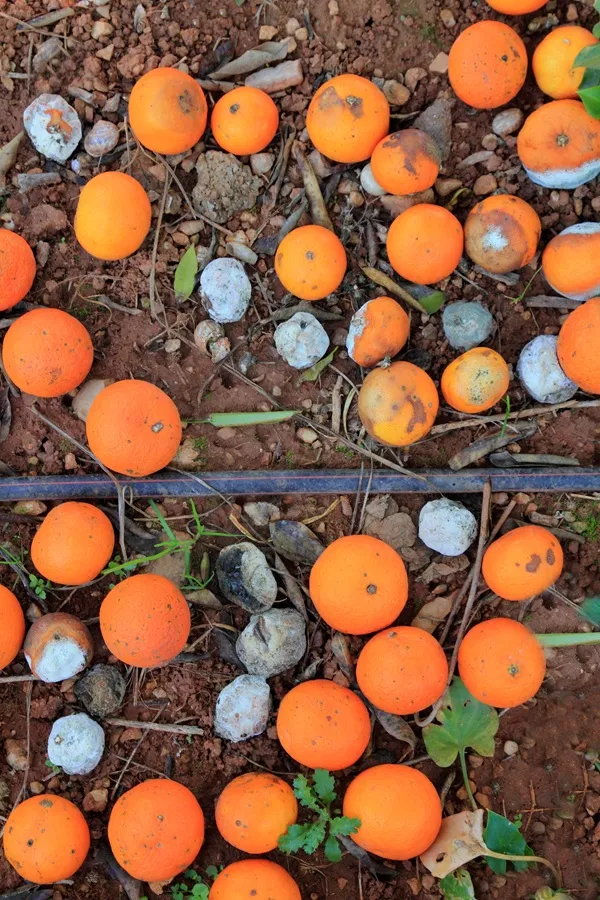Table of Contents
Dates: Nature’s Sweet Treasure – A Comprehensive Guide
Dates (Phoenix dactylifera), the ancient fruit of the date palm, have nourished civilizations for millennia. Revered for their sweetness and versatility, they remain a global staple. This article explores their varieties, cultivation, nutritional benefits, and economic significance.
1. Global Varieties of Dates
Dates come in over 3,000 cultivars, each with distinct flavors and textures:
- Medjool: "The King of Dates" – large, caramel-like, soft, and moist (Morocco, Jordan, USA).
- Deglet Noor: "Date of Light" – semi-dry, delicate, with a honey-nut flavor (Tunisia, Algeria).
- Barhi: Small, round, and crunchy when fresh; soft and syrupy when ripe (Iraq, Saudi Arabia).
- Ajwa: Dark, soft, and revered in Islamic tradition (Saudi Arabia).
- Zahidi: Golden, firm, and mildly sweet (Iran, Iraq).
2. Taste & Culinary Uses
- Flavor Profile: Ranges from caramel (Medjool) to butterscotch (Deglet Noor) with notes of honey and cinnamon.
- Usage:
- Fresh/Ripe: Eaten as snacks, stuffed with almonds or cheese.
- Cooking: Tagines, stews, and Middle Eastern dishes like maqluba.
- Baking: Energy bars, date squares, and vegan desserts (replaces refined sugar).
- Traditional Sweets: Ma’amoul (stuffed cookies), halwa, and date syrup (dibs).
3. Nutrition & Health Benefits
- Nutritional Value (per 100g):
- Calories: 282 | Fiber: 6.7g (27% DV) | Potassium: 20% DV | Magnesium: 14% DV | Iron: 8% DV
- Glycemic Index (GI): 42–62 (medium), moderated by high fiber.
- Health Benefits:
- Digestive Health: Fiber combats constipation.
- Energy Boost: Natural sugars (fructose, glucose) provide quick fuel.
- Heart Health: Potassium regulates blood pressure; antioxidants reduce inflammation.
4. Geographical Cultivation & Climate
- Ideal Conditions:
- Climate: Arid/semi-arid with hot summers (30–45°C) and mild winters.
- Soil: Well-drained sandy loam; pH 8–11 (salt-tolerant).
- Water: Requires irrigation (date palms thrive in oases).
- Pollination: Manual or wind-assisted; male palms pollinate female flowers.
5. By-Products & Processing
- Date Syrup (Dibs): Used as a natural sweetener.
- Date Sugar: Granulated from dried dates for baking.
- Vinegar & Alcohol: Fermented products in niche markets.
- Seed Oil: Extracted for cosmetics and skincare.
- Animal Feed: Pits and low-grade dates.
6. Storage & Preservation
- Fresh Dates: Refrigerate in airtight containers (up to 6 months).
- Dried Dates: Store at room temperature (1 year) or freeze (2 years).
- Freezing: Pit and pack in syrup or vacuum-seal to retain moisture.
7. Cooking & Baking Recipes
- Date Energy Bites:
- Blend dates, oats, peanut butter, and cocoa; roll into balls.
- Sticky Toffee Pudding:
- Simmer chopped dates in water; mix into cake batter with caramel sauce.
8. Major Producers, Exporters & Importers
- Top Producers (2023):
- Egypt (1.6M tons)
- Saudi Arabia (1.5M tons)
- Iran (1.2M tons)
- Algeria (1M tons)
- Leading Exporters: UAE, Tunisia, Israel, USA (California).
- Key Importers: India, EU, USA, Morocco.
9. Pests & Challenges
- Pests: Red palm weevil, date moth, and scale insects.
- Diseases: Bayoud disease (fungal wilt), root rot.
- Solutions: Biocontrol agents, pheromone traps, and resistant cultivars (e.g., Medjool).
10. Return on Investment (ROI)
- Costs:
- Initial Setup: $10,000–$20,000/hectare (saplings, irrigation).
- Maintenance: Labor-intensive pollination, pruning ($2,000–$5,000/year).
- Yield: 100–150 kg/tree annually (maturity at 5–7 years).
- Profitability: Medjool dates sell for $5–$15/kg; organic and premium varieties earn 30–50% more.
11. Sustainability & Innovations
- Water Efficiency: Drip irrigation and wastewater reuse.
- Waste Reduction: Upcycling pits for biofuels and activated charcoal.
Conclusion
Dates, a symbol of resilience and sweetness, sustain economies across deserts and delight palates worldwide. From Saudi Arabia’s ancient groves to California’s modern orchards, they bridge tradition and innovation. Whether savored in a dessert or transformed into syrup, dates remain a timeless superfood.
Pro Tip: Soak dried dates in warm water to soften before blending into recipes!
Savor the golden legacy of dates – where history meets nourishment. 🌴





